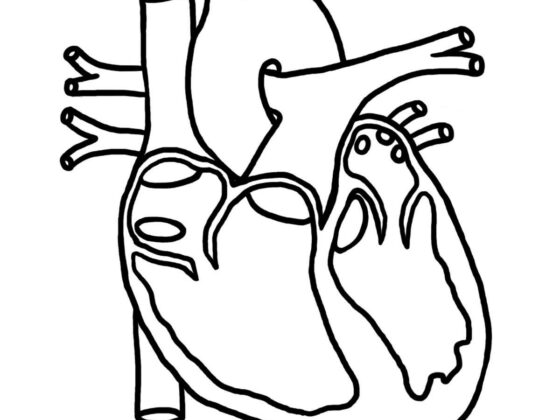Watercolor painting is a captivating and expressive art form. It allows artists to create stunning works of art using the transparency and fluidity of water-based pigments. With a wide range of techniques at their disposal, watercolor artists can achieve various effects. From delicate washes to bold brushwork. In this article, we will delve into the world of watercolor painting techniques.
1)Wet-on-Wet Technique:
The wet-on-wet technique involves applying paint onto a wet surface, allowing the colors to blend and flow together spontaneously. This technique is perfect for creating soft and atmospheric effects, such as dreamy skies or misty landscapes. By manipulating the amount of water and pigment on the paper, artists can control the diffusion and create beautiful gradients and soft edges.
2)Dry Brush Technique:
Contrary to wet-on-wet, the dry brush technique involves using a minimal amount of water on a dry surface. This technique produces textured and bold strokes, adding a sense of depth and detail to the painting. By dragging the brush lightly across the paper, artists can create intricate textures. Such as the rough bark of a tree or the intricate patterns of a brick wall.
3)Wash Technique:
The wash technique involves applying a thin, even layer of color over a large area. This technique is excellent for creating smooth and seamless backgrounds or large expanses of color. By varying the intensity of the wash, artists can evoke different moods and atmospheres in their paintings. A delicate, light wash can convey a sense of tranquility, while a rich, intense wash can create a vibrant and dynamic effect.
4)Wet-on-Dry Technique:
In the wet-on-dry technique, artists apply paint onto a dry surface, allowing for crisp edges and precise details. This technique is ideal for capturing intricate subjects. Such as, architecture or fine botanical illustrations. By layering washes and building up the colors gradually, artists can achieve a high level of control and precision in their paintings.
5)Glazing Technique:
The glazing technique involves applying transparent layers of paint on top of previously dried layers. This technique allows artists to create luminous and vibrant effects. This is done by layering colors and building up the intensity. By carefully choosing the sequence of colors, artists can achieve a sense of depth and luminosity. This adds richness and complexity to their artwork.
6)Lifting Technique:
The lifting technique involves removing or lightening the paint from the paper by using a damp brush or a blotting material. This technique allows artists to correct mistakes, create highlights, or add subtle details to their paintings. By selectively lifting pigment, artists can create interesting textures, highlight focal points, or add a sense of light and luminosity to their artwork.
Watercolor painting offers a vast array of techniques that artists can explore and experiment with. Each technique brings its unique characteristics and possibilities, just like the real slots. This allows artists to create captivating and expressive artworks. Whether you prefer the soft and ethereal effects of wet-on-wet or the precise details of wet-on-dry, watercolor painting techniques provide endless opportunities for creativity and self-expression. So, grab your brushes, immerse yourself in the world of watercolors, and unleash your artistic vision on paper.










